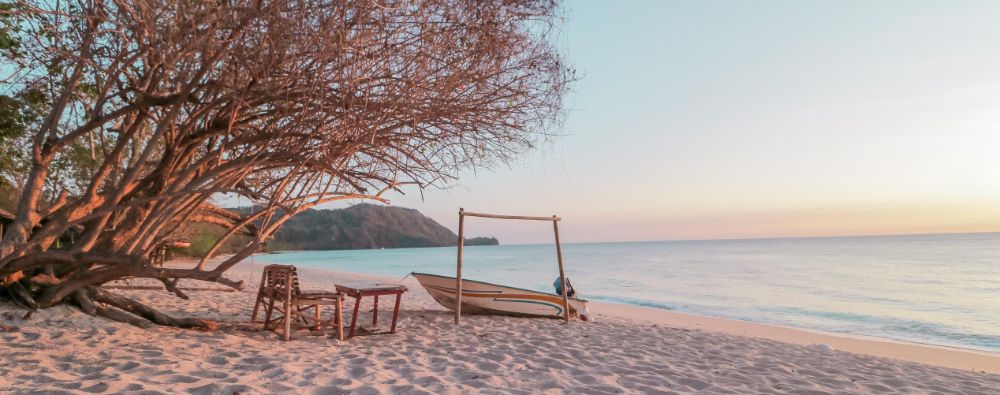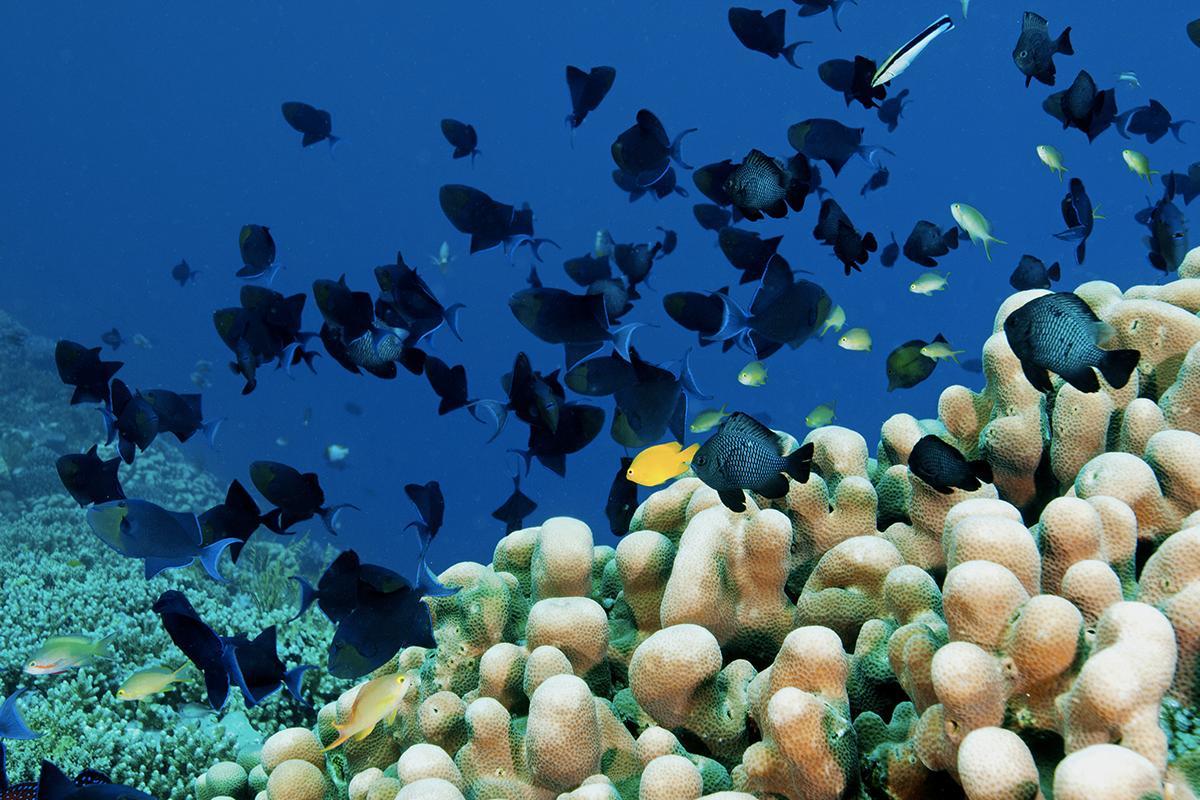Bugis woven fabric comes from the Bugis people, who are spread across South Sulawesi, particularly in coastal areas. Bugis fabric is known for its vibrant colors and diverse motifs. The weaving process is often simpler and involves traditional handlooms. This fabric has a thicker, stiffer texture compared to other woven fabrics.
Motifs
The motifs of Bugis woven fabric are highly varied, but the most common are geometric patterns such as squares, lines, and circular motifs that reflect the Bugis people's philosophy of life, which is closely tied to nature and daily living. There are also motifs of plants and animals, such as flowers and birds, symbolizing natural wealth.
Usage
Bugis woven fabric is commonly used in traditional ceremonies and important events, such as weddings and cultural festivals. Additionally, it is worn by the Bugis people as everyday clothing, such as sarongs, long cloths, or shawls.
Material
Most Bugis woven fabrics are made from cotton or silk fibers. In the past, natural dyes were used, but nowadays, synthetic dyes are increasingly used to provide more durable and vibrant colors.
Unique Facts
Bugis woven fabric is unique because it has a much faster weaving process compared to other traditional fabrics. This is due to the use of simpler techniques and lighter handlooms. Moreover, Bugis fabric holds significant cultural value and is often used as a symbol of social status within Bugis society.
3. Toraja Woven Fabric
Characteristics
Toraja woven fabric, originating from the Toraja people in South Sulawesi, is known for its distinctive ikat lurik and ikat samping techniques that create unique patterns. The fabric has a thicker and coarser texture, with dominant natural colors. Its uniqueness lies in its complex manufacturing process, which takes several days and involves many hands.
Motifs
The motifs of Toraja woven fabric are strongly symbolic and reflect the traditional beliefs of the Toraja people. Common patterns include geometric shapes, traditional Toraja houses, deities, and animal motifs that represent the spiritual world of the Toraja people. These motifs are often linked to religious rituals and cultural festivals, reflecting the Toraja people's relationship with the universe and their ancestors.
Usage
Toraja woven fabric is used in various traditional ceremonies, particularly during funerals, which are significant events in Toraja culture. The fabric is also worn in cultural festivals, weddings, and receptions for important guests. It is worn as shawls, sarongs, and ceremonial attire, symbolizing social status and honor.
Material
Toraja woven fabric is made from cotton fibers and dyed using natural dyes, such as plant leaves, tree bark, and plant roots. Another unique feature is the use of gold or silver threads in some types of fabric, adding a luxurious and sacred touch.
Unique Facts
Toraja woven fabric has an extremely intricate weaving technique, with each motif carrying philosophical and social meaning. Not only is it used as clothing, but it also serves as a symbol of life after death and a mark of respect for ancestors. The long weaving process, involving many family members, makes this fabric highly valuable.










